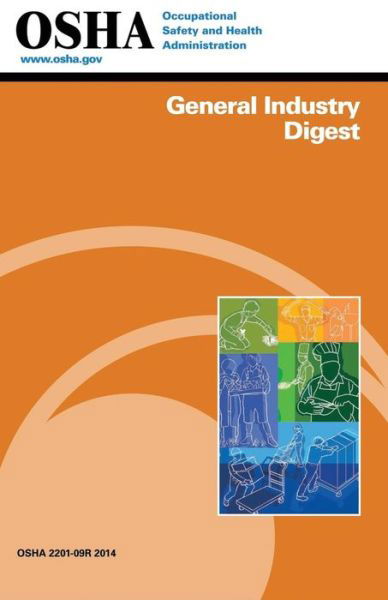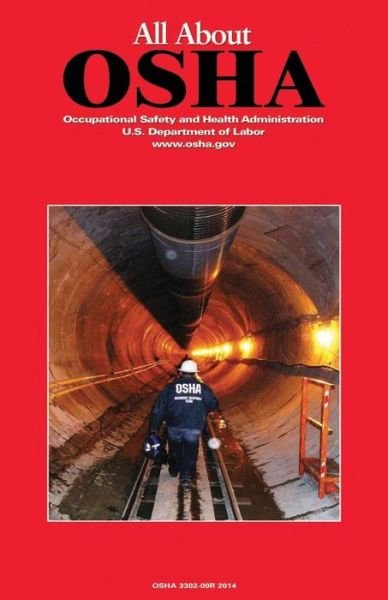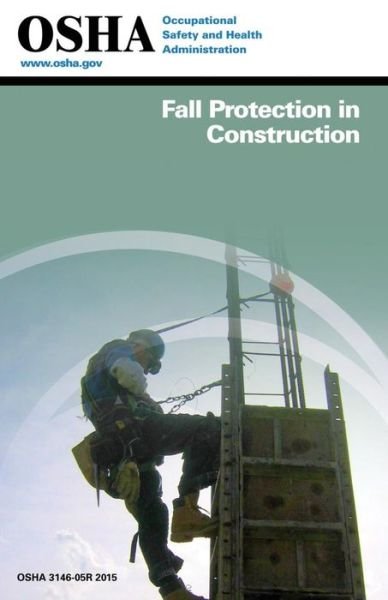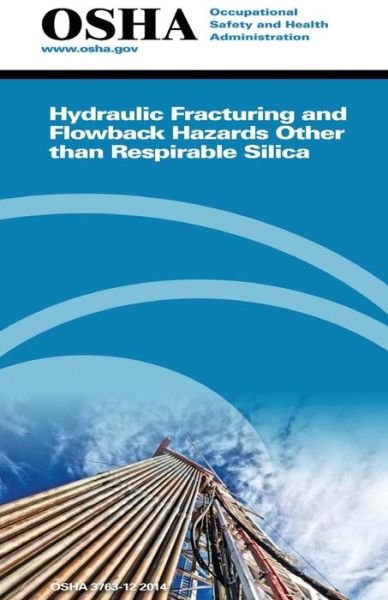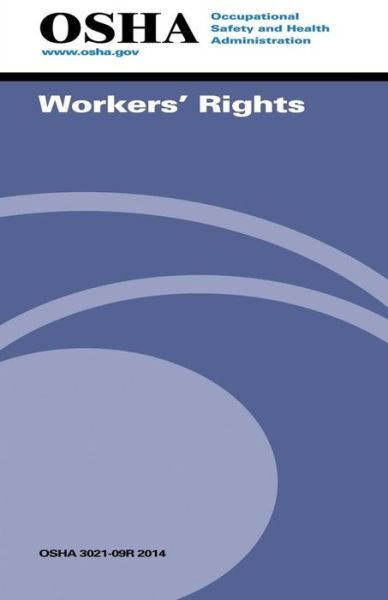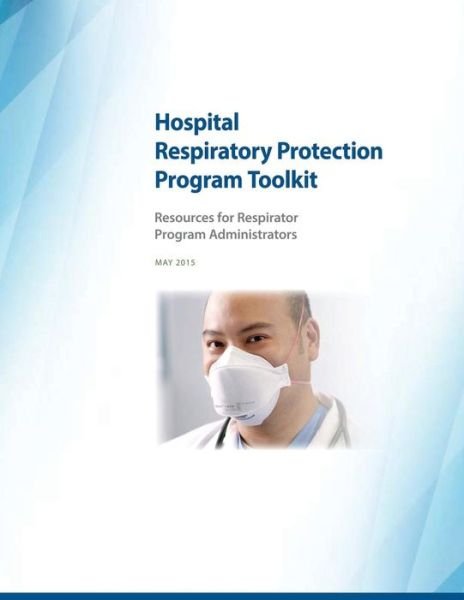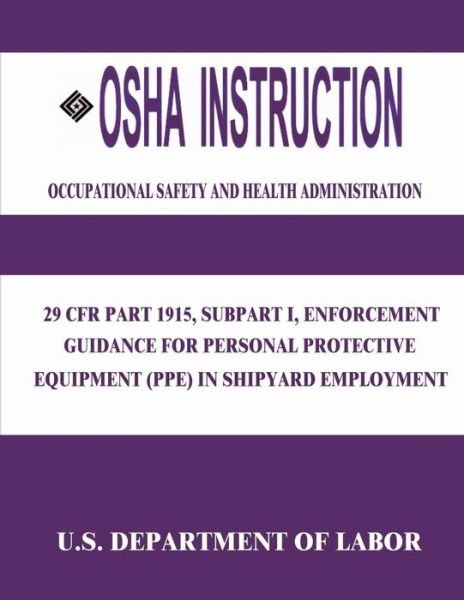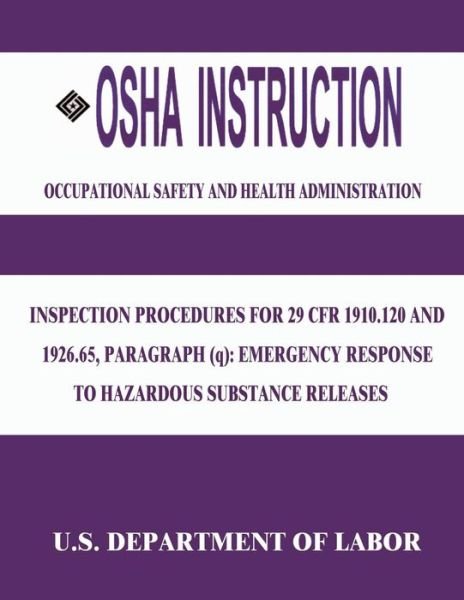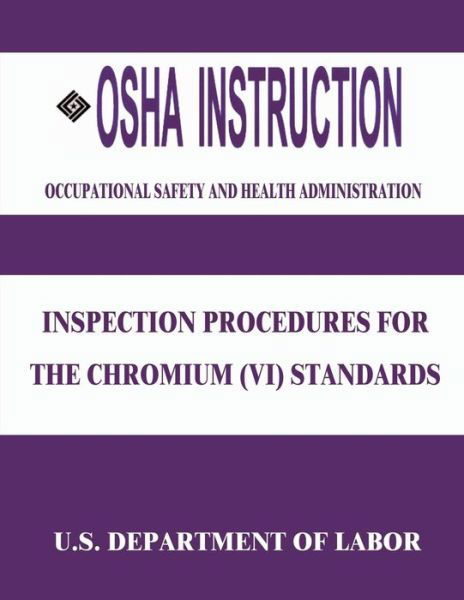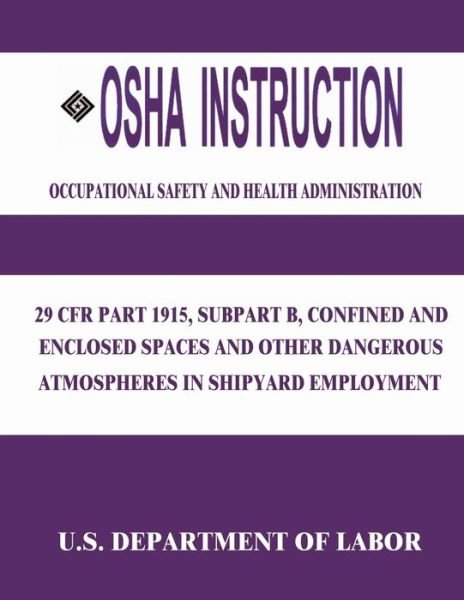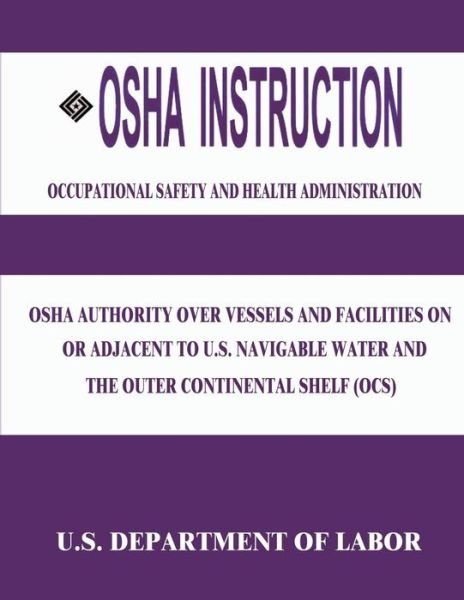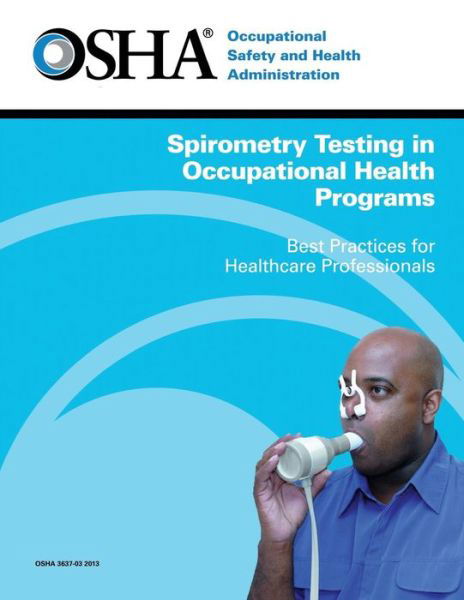
Fortæl dine venner om denne vare:
Spirometry Testing in Occupational Health Programs: Best Practices for Healthcare Professionals
Occupational Safety and Administration
Bestilles fra fjernlager
Spirometry Testing in Occupational Health Programs: Best Practices for Healthcare Professionals
Occupational Safety and Administration
Publisher Marketing: Spirometry, the most common type of pulmonary function test (PFT), is used to evaluate worker respiratory health in medical surveillance programs and to screen workers for their ability to perform certain tasks. Spirometry results can play a central role in decisions about worker job assignments and personal protective equipment, and in the assessment of exposure-related health effects. OSHA standards for asbestos, cadmium, coke oven emissions, and cotton dust require spirometry testing as part of medical surveillance (see 29 CFR 1910.1001, 1910.1027, 1910.1029, and 1910.1043). OSHA standards for formaldehyde and benzene require pulmonary function testing when respiratory protection is used at work (see 29 CFR 1910.1048 and 1910.1028). Whether spirometry is conducted to comply with an OSHA regulation or as part of another workplace-mandated program, its value is compromised when testing is conducted incorrectly, equipment is inaccurate, or results are misinterpreted. Technically flawed tests too often lead to inaccurate interpretations of worker respiratory health, falsely labeling normal subjects as "impaired" or impaired subjects as "normal." Such flawed test results are not only useless but also convey false information which could be harmful to workers (1). Too often, those who conduct the tests or interpret the results are unaware of the impact of technical pitfalls and of current spirometry testing recommendations. Because spirometry has become so important in occupational health practice, OSHA developed this guidance document to summarize what it regards as the elements of a good occupational health spirometry program. Recommendations are based on current guidelines from the American Thoracic Society/European Respiratory Society (ATS/ERS), the American College of Occupational and Environmental Medicine (ACOEM), and the National Institute for Occupational Safety and Health (NIOSH) (2-8). OSHA's goal is to provide an update for the medical community on what are the required components for valid tests and strategies for interpreting results, so that occupational spirometry tests are useable and of high technical quality. This document provides a brief overview of the elements of spirometry, followed by specific recommendations on: (1) accurate measurement of worker lung function (training of personnel, equipment considerations, and spirometry test procedures); (2) appropriate interpretation of valid tests (comparing worker results with normal reference values and evaluating worker results over time); (3) Quality Assurance (QA) reviews; and (4) recordkeeping. This guidance document is intended for medical personnel who oversee worker health programs, conduct spirometry tests, and/ or interpret spirometry results. The goal of the document is to help ensure the collection of accurate, valid spirometry results that are interpreted correctly. Such spirometry assessments can be used to make well-informed decisions about worker respiratory health (including the need for medical referrals), and to conduct programs for prevention and early intervention.
| Medie | Bøger Paperback Bog (Bog med blødt omslag og limet ryg) |
| Udgivet | 16. februar 2014 |
| ISBN13 | 9781495967795 |
| Forlag | Createspace |
| Antal sider | 64 |
| Mål | 216 × 280 × 3 mm · 172 g |
Mere med Occupational Safety and Administration
Se alt med Occupational Safety and Administration ( f.eks. Paperback Bog )



